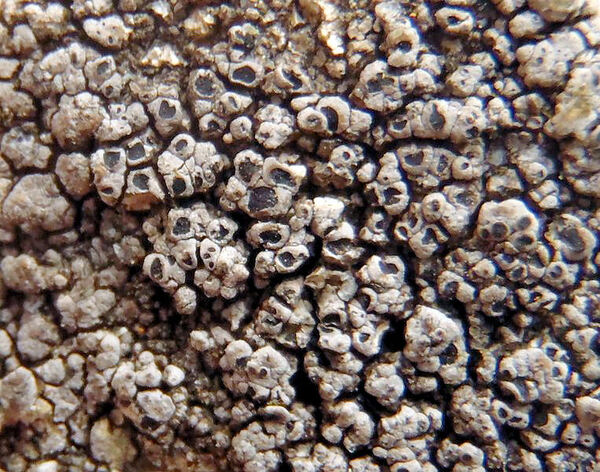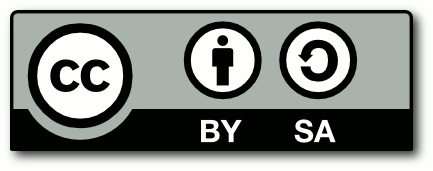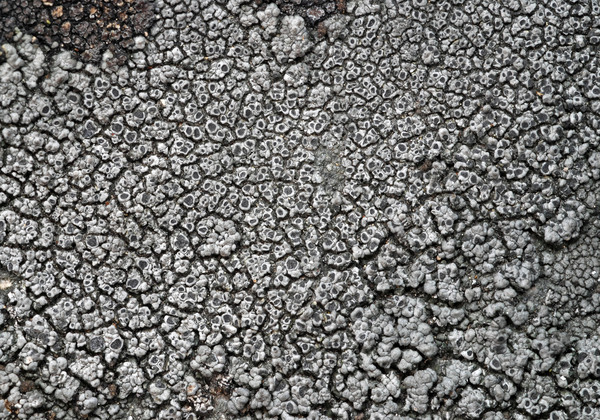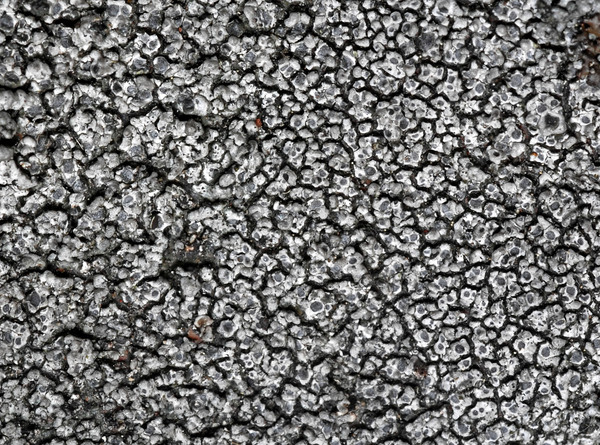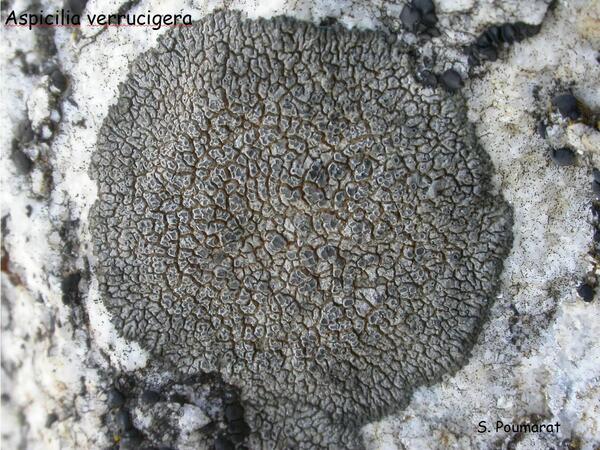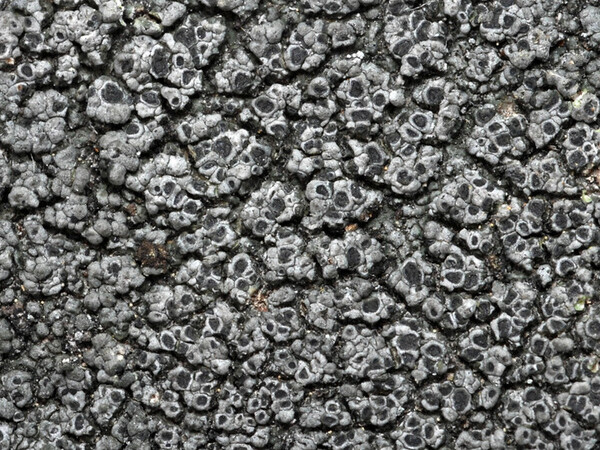Aspicilia verrucigera Hue
Nouv. Arch. Mus. Hist. Nat. Paris, 5, sér. 2, 1: 48, 1910.
Synonyms:
Distribution:
Description: Thallus crustose, episubstratic, areolate to verrucose, (0.2-)0.4-0.7 mm thick, grey to dark grey, sometimes with a brownish or bluish tinge, forming up to 3 cm wide patches, the areoles usually angular, flat to usually convex, (0.2-)0.4-0.8(-1.2) mm wide, contiguous or rarely dispersed, the marginal ones very rarely elongate and slightly radiating; prothallus indistinct or thin, black to brown-black. Cortex 20-30(-35) µm thick, brown in upper part, covered with an epinecral layer; medulla white, I-. Apothecia aspicilioid, (0.1-)0.2-0.4(-0.6) mm across, 1-3(-7) per areole, round to angular or elongated, with a black, epruinose or often faintly pruinose disc and a thin, slightly elevated thalline margin. Proper exciple 35-40(-50) µm wide, I-, brown in upper part; epithecium olive to olive-brown, without or with a few crystals, N+ green, K+ brown; hymenium colourless, (65-)90-150(-170) µm high; paraphyses simple or sparingly branched and anastomosing, 1.5-2 µm thick at mid-level, moniliform in upper part, the apical cells globose to subglobose, 3-4 µm wide; hypothecium pale, 40-50 µm high, I+ more or less faintly blue. Asci 8-spored, clavate, the thin outer coat K/I+ blue, the wall and apical dome K/I-. Ascospores 1-celled, hyaline, ellipsoid, (15-)16-20(-25)x (8-)10-13(-14) µm. Pycnidia rare, black, immersed. Conidia straight, thread-like, 14-20(-21) x (0.6-)0.8-1 µm, Spot tests: medulla K+ yellow, C-, KC- P+ orange. Chemistry: stictic acid (major), norstictic acid (minor). Note: a silicicolous species described from Finland and also known from North America, with a single record from the Western Alps (France). It is also known from several localities in Central Europe, and according to Vondrák (in litt.) it is fairly widespread in the Czech Republic, where it was sometimes confused with A. laevata (see Malíček & al. 2018); for the distinction toward similar species see Paukov & al. (2016). To be looked for in the Italian Alps.
Growth form: Crustose
Substrata: rocks
Photobiont: green algae other than Trentepohlia
Reproductive strategy: mainly sexual
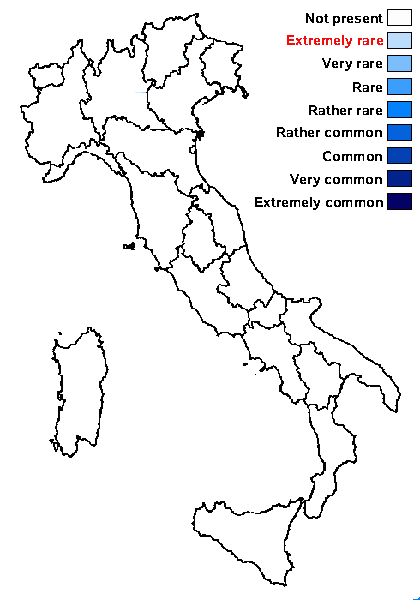
Predictive model
Growth form: Crustose
Substrata: rocks
Photobiont: green algae other than Trentepohlia
Reproductive strategy: mainly sexual

Predictive model
